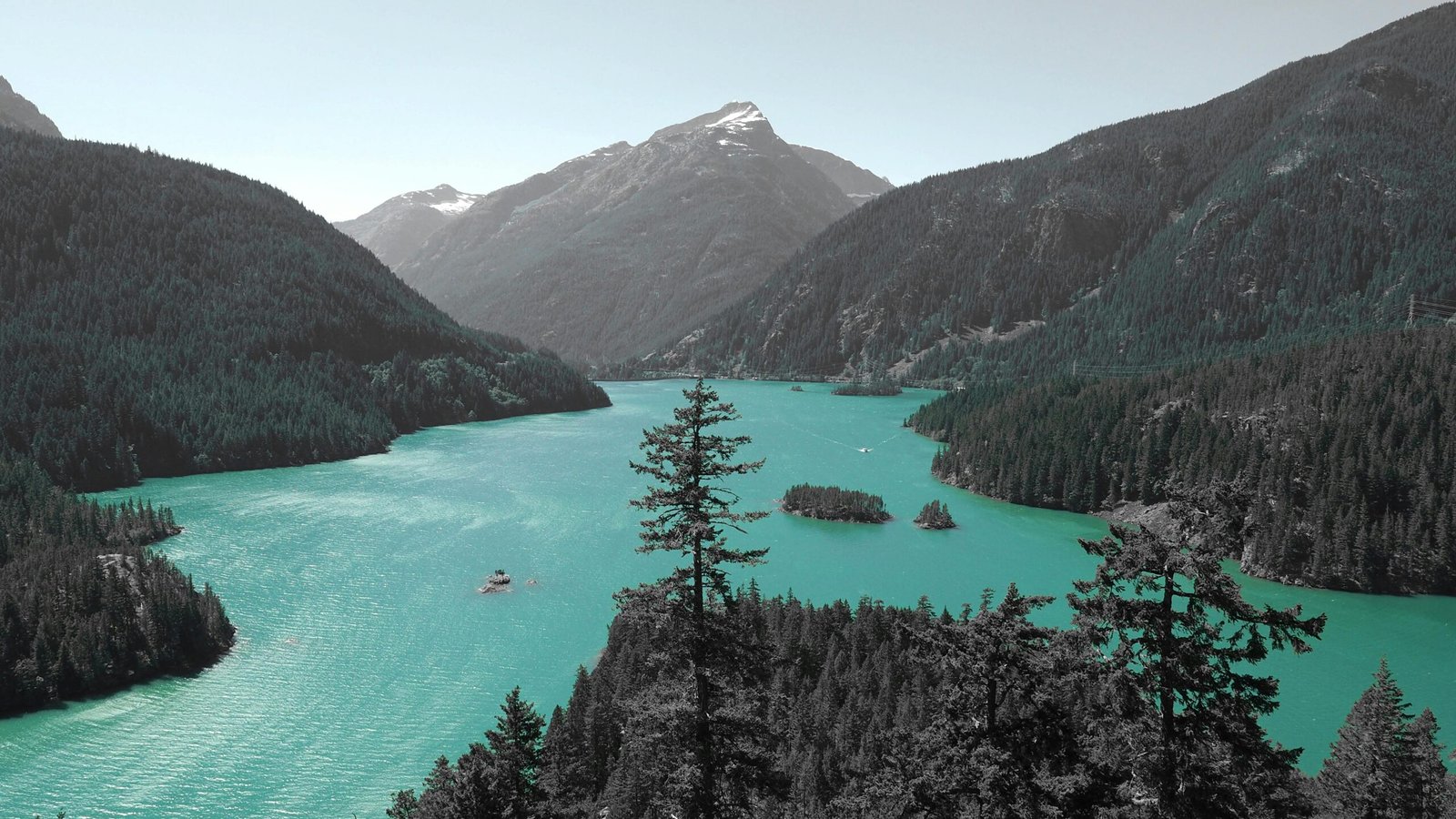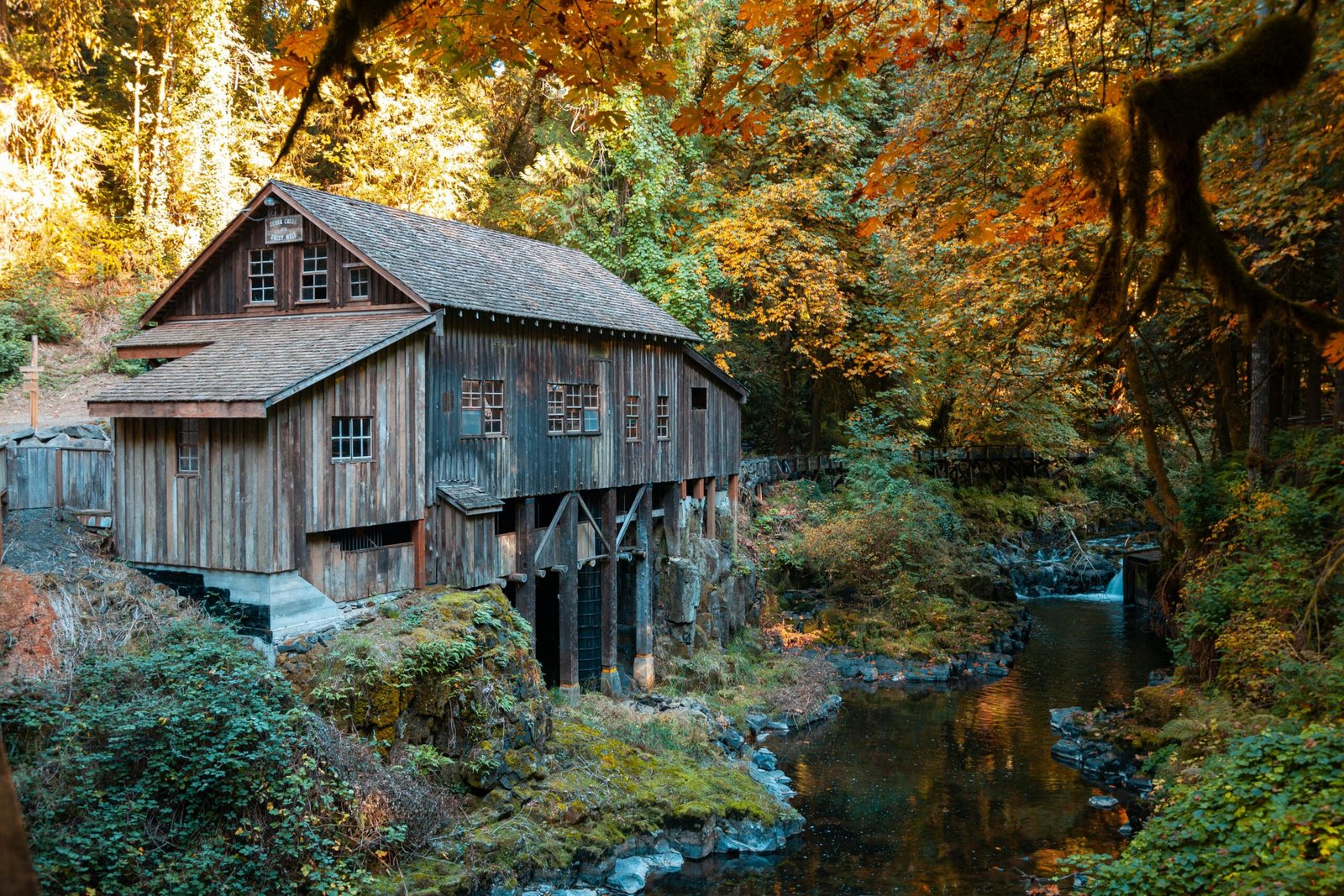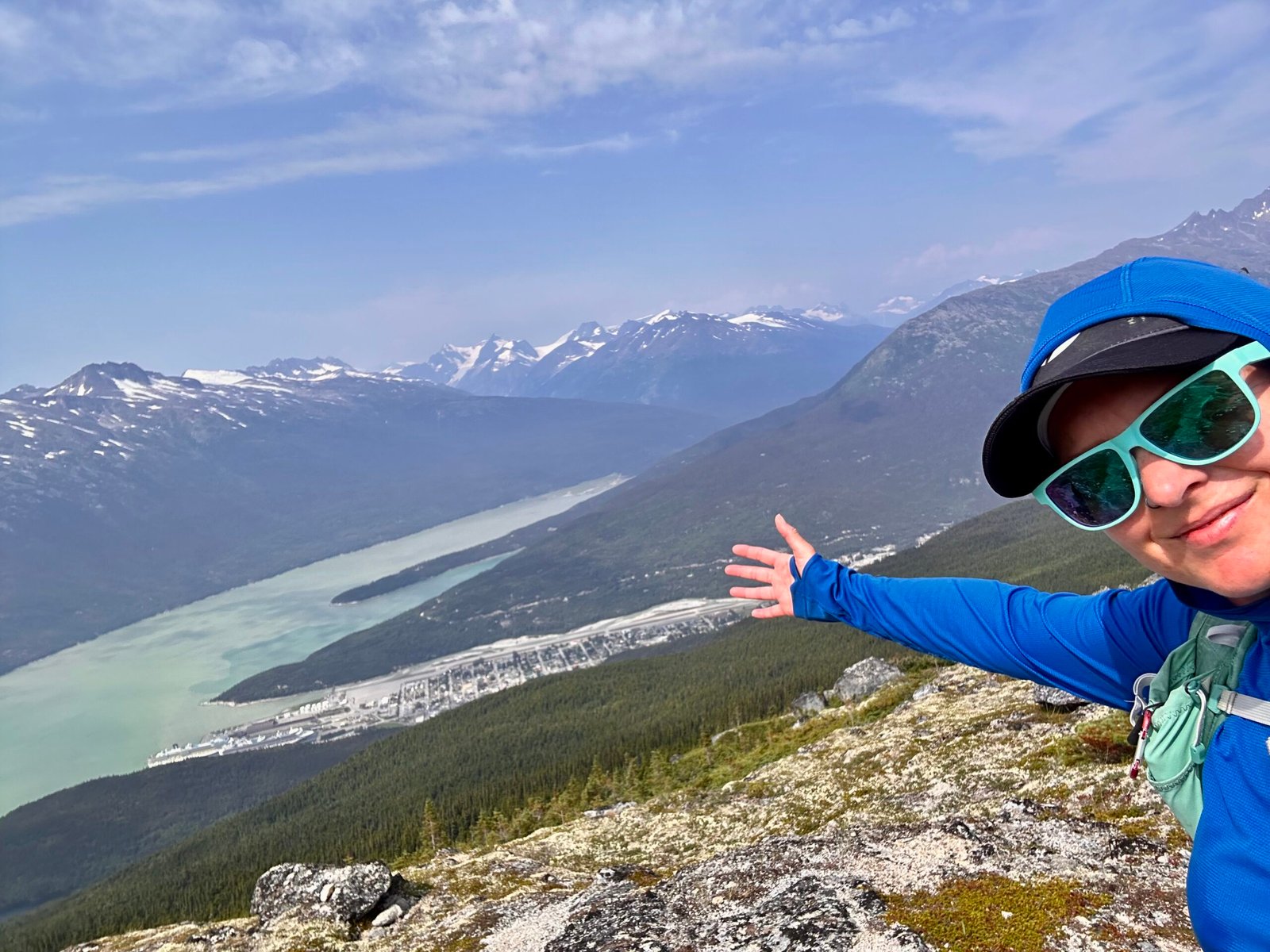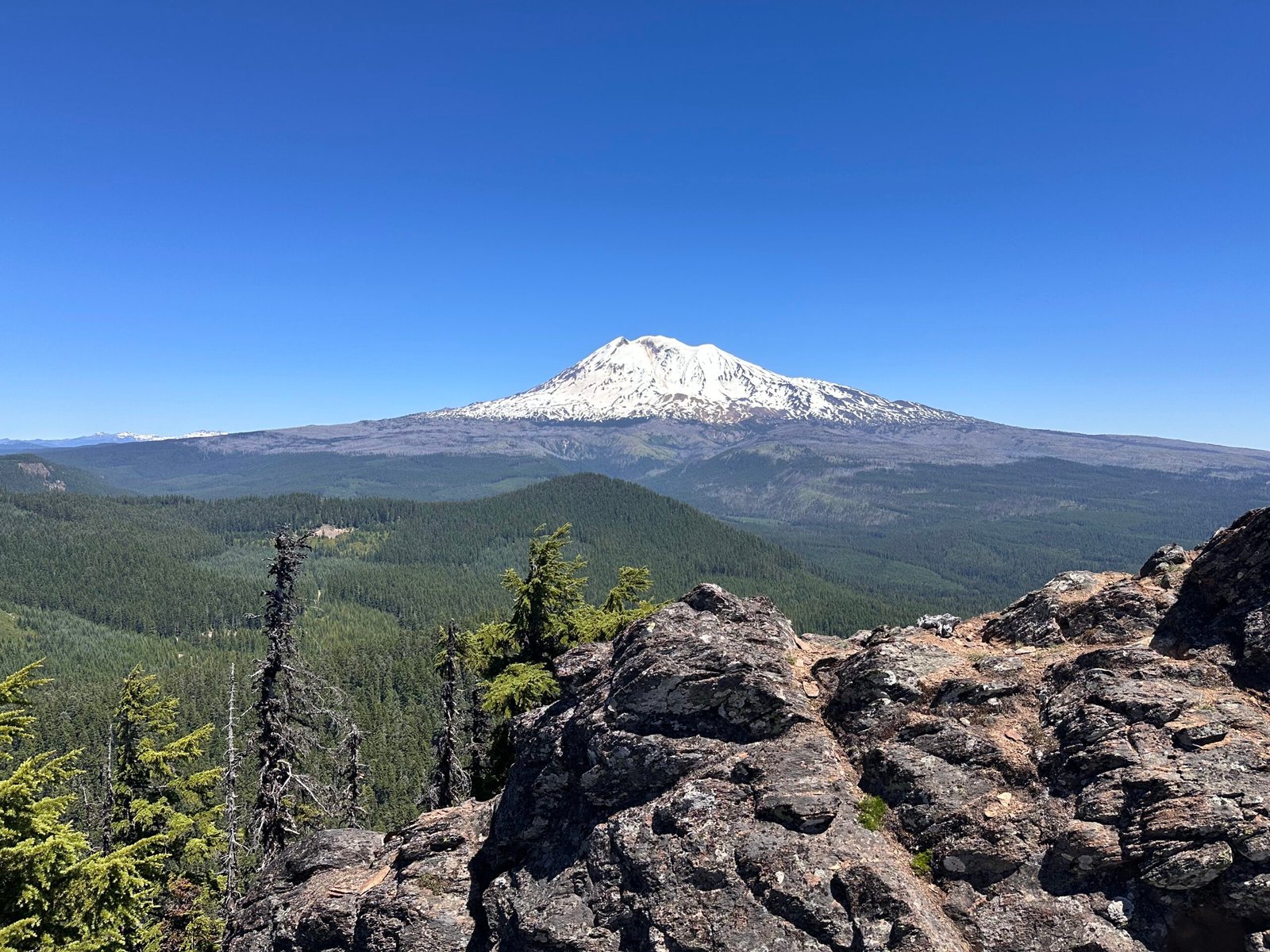When you purchase through links on our site, we may earn an affiliate commission.
We’ve found a simple formula that makes hiking perfect: trail distance should be at least twice the driving time to reach it. The cost of hiking essentials keeps climbing, and many of us now think over our approach to outdoor adventures differently. Quality gear like merino wool clothing and specialized footwear has become a big investment in our safety and health. Understanding the 10 essentials for hiking and having a comprehensive hiking checklist has become more crucial than ever.
Local trail exploration has surged lately. Hikers can cover impressive distances – even 10 miles in a morning just 40 minutes from home. The American Hiking Society’s guidelines emphasize carrying the Ten Essentials on every hike. These vital items include proper hiking footwear, water, food, and rain gear. New hikers might feel overwhelmed by these basic requirements, but they’re fundamental to trail safety, whatever the distance from home. Knowing what to bring on a hike can make all the difference in your outdoor experience.
Hiking Must-Haves Now Cost 40% More Than Pre-Pandemic Levels
Hiking gear prices have hit record highs. Basic hiking necessities now cost about 40% more than they did before the pandemic. These sky-high prices have pushed many outdoor lovers to look closer to home for trails instead of buying new gear. Understanding what to pack for a day hike has become essential for budget-conscious hikers.
Which Items Have Seen the Steepest Price Increases
Specialized hiking equipment prices have shot through the roof. High-end items have become luxury buys – cast iron pans sell for $400, aluminum coolers go for $600, and specialized camp stoves can set you back an eye-popping $1,300. You’ll find the biggest price jumps in hiking footwear and weather protection gear – two things no hiker can do without.
The price surge hasn’t spared budget brands either. Simple hiking supplies have seen dramatic price jumps too. Small manufacturers face material costs that have nearly doubled. A Colorado company saw the cost of materials for a single hip pack jump from $16 to $29 in just one month.
Mass-market camping and hiking gear still rules with 72.5% revenue share in 2023. The premium segment grows at 5.1% yearly from 2024 to 2030, showing that people still want quality gear despite higher prices.
Supply Chain Disruptions Continue to Affect Availability
Most hikers can’t find all the gear they need because supply chain problems persist. Manufacturers struggle with worker shortages, delayed inventory, and transportation holdups. Not enough dock workers and truckers, plus backed-up ports, create bottlenecks throughout the distribution system.
Shipping costs play a huge role in driving up prices. One manufacturer’s story tells it all – shipping a 40-foot container that holds 120 kayaks jumped from $2,800 to a staggering $54,000. Customers end up paying these extra costs.
Tariff policies have made things harder for hiking supply companies. Many outdoor brands make their products in Asian countries that face steep tariffs – China deals with 125% rates while Cambodia and Vietnam face 49% tariffs. Even U.S.-based manufacturers need international materials, making them vulnerable to these trade rules.
Relief Might Come Eventually
The hiking gear market keeps growing despite these hurdles. It’s worth $5.97 billion in 2024 and should grow 8.4% yearly through 2030. This growth shows strong consumer interest in hiking gear for both newcomers and seasoned adventurers.
Industry experts stay cautious about price stability predictions. Some outdoor retailers try to beat rising costs by bringing in merchandise before tariffs kick in. While inventory looks better than previous years, product availability remains spotty.
Several things will determine when prices might drop. Weather patterns and climate change create seasonal uncertainty that affects both demand and production. Political uncertainty about tariffs makes manufacturers think twice before changing their supply chains.
Outdoor retailers suggest buying essential hiking gear as soon as you spot them rather than waiting for sales. One store manager put it simply: “We’re not going to be seeing the mentality of waiting for stuff to go on sale. I would say shop early, and if you find it, snatch it up”.
Savvy Hikers Prioritize These Essential Investments
Gear prices keep climbing, and trail veterans know they need to make smart choices about their hiking equipment. Smart investments in hiking footwear and weather protection give the best value for safety and enjoyment on the trails. You can borrow or substitute other items, but these two are worth spending money on.
Why Quality Footwear Remains Non-Negotiable
Good hiking shoes or boots are the most valuable investment any outdoor enthusiast can make. “My first pair of sturdy, quality hiking boots changed my outdoor experience,” says one experienced hiker who hesitated about the cost but ended up finding them “absolutely worth the price”. Your feet make the difference between a miserable hike and an enjoyable one.
The right footwear gives vital ankle support, which you need when carrying heavy packs. Walking boots “have support on their sides to ensure your legs remain straight—this is very important for those carrying heavy rucksacks whilst hiking”. These boots are built from tough materials that cut down friction and grip well on slick surfaces.
Key features worth paying for include:
- Durability and abrasion resistance (typically found in full-grain leather)
- Protection from rocks and uneven terrain
- Traction on both dry and wet surfaces
- Proper fit—your heel should be locked while allowing toe wiggle room
You need to match your boots to your typical hiking environment. Ultralight trail-running shoes might work for shorter hikes, but sturdier boots become essential on rough terrain or longer trips. One expert points out, “If you are going off-trail or want something very beefy for all conditions, including winter, a hiking boot is a good choice”.
How to Review Weather Protection Gear Worth Its Price
Rain gear ranks just behind footwear as a vital investment in hiking supplies. Weather protection isn’t just about staying comfortable—it keeps you safe, as “getting soaked in the backcountry is a recipe for hypothermia”. Understanding what makes quality rain gear worth its price matters.
Quality weather protection needs these features:
- Waterproofing technology – True waterproofing needs sealed seams and zippers, while water resistance only handles light showers. Three-layer construction offers the best performance for waterproofing, breathability, and durability, though it costs more.
- Breathability features – Look for jackets with “pit zips” or mesh-backed pockets that let heat and moisture escape. Without these features, you’ll “get sweaty in a fully waterproof jacket,” which defeats its purpose.
- Construction quality – Premium jackets often have better construction methods. While “two-layer rain gear has a membrane or coating layer applied to the inside of the outer layer,” three-layer options include “a rugged outer layer, a middle membrane and an inner liner”.
Quality rain gear costs quite a bit, but experienced hikers say it’s worth every penny. “If a storm hits and you’ve got the right gear, you’ll be having magic moments rather than a shit sandwich,” explains one veteran hiker. Even perfect summer days can turn into afternoon showers quickly, so reliable rain protection belongs on every hiking gear list.
These two investments—quality hiking footwear and weather protection—are the foundations of safe, comfortable hiking experiences. They help prevent injuries and potentially dangerous situations. You can hunt for bargains on other hiking gear, but these two categories justify their higher prices through better safety, comfort, and durability.
DIY Alternatives Replace Store-Bought Hiking Supplies
Hiking gear prices keep going up, and outdoor enthusiasts now look for homemade alternatives that work better than store-bought items. These DIY solutions save money and give you custom features that mass-produced gear can’t match.
Homemade First Aid Kits Outperform Packaged Options
Store-bought first-aid kits rarely have enough of the items you need most. Building your own kit helps you know what’s inside and meets your specific needs better. The American Hiking Society suggests a simple homemade first-aid kit should have:
- Prescription medications in labeled bags
- Extra doses of pain relievers and antihistamines
- Moleskin and athletic tape to prevent blisters
- Various adhesive bandages
- Sterile gauze and antiseptic ointment
- CPR mask and nitrile gloves
- Tweezers and small scissors
“Not meant to carry everything you could possibly need, it should carry items that will address common hiker maladies and items that apply to your personal health situation,” notes one wilderness medicine expert. You can refill homemade kits instead of buying expensive replacements.
Kitchen Items That Double as Trail Equipment
Regular kitchen items serve many purposes on trails. A single plastic or enamel mug from your kitchen works better than a full camp dinnerware set. “All you need is one mug to cater to your needs while hiking and not a camping specific dinner sets,” reports an experienced hiker.
Aluminum pots work better than expensive titanium ones—they’re light, cheap, and you can find them at local camping stores. Biodegradable soap with a small scraper (about $5.95) makes cleaning dishes easy without fancy gear.
When Household Objects Work Better Than Specialized Gear
Some household items perform better than specialized equipment. Gatorade bottles make excellent water containers—they’re tough, lightweight, and come free after you drink the beverage.
Plastic bags work just as well as expensive dry bags. “If there is one thing that hikers need most, it’s the dry bag. They want to keep their gear dry at all cost, but a plastic bag does an equally good job”.
Cotton bandanas give you more value than specialty hiking accessories. A simple bandana costs less than fancy gear and helps with everything from sun protection to water filtration.
The DIY approach fits hiking’s self-reliant spirit perfectly. A dedicated hiker says, “Making your own equipment and knowing how to fix gear that breaks or goes missing while you’re on a hike only reinforces this self-reliance and builds confidence”.
Local Trails Offer Unexpected Benefits Beyond Cost Savings
Money isn’t everything – experienced hikers know that regular visits to local trails bring rewards you can’t put a price on. Research shows that people who spend time in nature report better health and wellbeing. Just 120 minutes a week in natural settings makes a substantial difference.
How Frequent Visits Build Deeper Nature Connections
Local trails provide amazing mental health benefits. People who walk in green spaces recover better from “attention overload” – the mental exhaustion that comes from constant digital distractions. Local trails are natural stress busters. Evidence shows that nature exposure reduces anger, fear, and stress levels.
These benefits get better over time. Of course, hikers say familiar trails give them feelings of awe and gratitude. A study published in the journal Nature showed that time in natural environments boosted psychological wellbeing in people from all backgrounds.
Local trails are also great for social connections. Research shows that outdoor time with others leads to positive psychosocial outcomes. People stick to physical activities more when they do them together. These nearby trails become places that deepen family bonds and build community ties.
Seasonal Changes Reveal Hidden Trail Features
Local trails show a different face throughout the year. “Fall and spring often hold the ficklest weather along the Trail,” notes the Appalachian Trail Conservancy. Regular hikers see dramatic changes as seasons come and go.
Each season brings new discoveries – trail features hidden in one visit pop up in another. A hiker puts it well: “By recognizing and pointing out trail features to your kids, you can help them learn the work that goes into making a trail”.
Experienced hikers spot engineering elements like drain dips, check steps, switchbacks, and crib logs that stop erosion. Understanding these design features helps people appreciate trail maintenance work more.
Regular visits to local trails help hikers learn about seasonal safety needs – key knowledge for anyone carrying hiking gear. Temperature drops 3-5 degrees Fahrenheit with every 1,000 feet you climb. This local trail knowledge helps plan the right gear needs year-round.
Beginners Navigate Their First Hikes Without Breaking the Bank
You can start hiking without breaking the bank. New trail lovers can begin with just a few basic items. Hiking stands out as one of the most available outdoor activities because you need very little special equipment to get going.
Start With These Five Day Hike Essentials for Beginners
Short trails need surprisingly few items to keep you safe. Here’s what you must have:
- Comfortable hiking shoes such as everyday sneakers
- Well-fitting wool socks to prevent blisters
- Lightweight layered clothing for changing conditions
- Small daypack you already own
- Water bottle and trail snacks (aim for 3 cups of water per hour)
“You can get started hiking for beginners on a budget for free (or very close to it)”, says a hiking instructor. You can add more safety items as you move to tougher trails.
Where to Borrow Equipment for Your First Adventures
Borrowing gear is a chance to try hiking without spending money. “If you can’t borrow—and don’t want to buy—camping gear, consider renting”, suggest outdoor recreation experts. You have several choices:
REI and similar outdoor stores run rental programs for everything from daypacks to tents. On top of that, college students can use their campus recreation clubs’ gear libraries. Many private campgrounds lend basic supplies at no extra cost.
Online services like Mountain Side Gear and Last Minute Gear ship equipment anywhere in the US. They’ll even deliver right to campgrounds that accept packages.
How to Test Different Gear Before Investing
Expert hikers suggest testing all equipment before hitting the trail. Adventure travel company owner Mero Geesey advises, “If you borrow a tent you’ve never used before, set it up at home first when you don’t have any stress”.
Local trails are perfect spots to evaluate how gear performs. Try a simple backyard overnight as a “dress rehearsal”. You can also load your daypack with planned hiking weight and test it on a stairmaster at your gym.
Off the trail…
High hiking gear prices have altered the map of outdoor adventures. Many hikers now turn to local trails that offer meaningful outdoor experiences without expensive equipment. Quality hiking experiences don’t need premium-priced gear. Smart investments in hiking footwear and weather protection, along with DIY alternatives, keep hikers safe and comfortable on trails.
Local exploration brings unexpected rewards. Regular visits to nearby trails create stronger connections with nature and build community bonds. Hikers develop a deeper understanding of seasonal changes. Beginners can start their hiking experience with minimal investment. They borrow gear and test equipment before making major purchases.
Memorable hiking adventures don’t require breaking the bank, even with high gear prices. Smart choices about essential hiking gear and creative use of household items help maintain nature connections without straining budgets. Local trails offer great value. Hiking remains available to everyone, and the best adventures often wait just around the corner.
Remember to always carry the day hike essentials, including navigation tools like a compass or GPS, sunglasses, sunscreen, and weather-appropriate clothing. A well-prepared hiker with the right gear, including moisture-wicking and quick-drying pants, will have a much more enjoyable experience on the trail. Don’t forget to pack your multi-tool, trekking poles, and an emergency shelter for added safety. With the right preparation and gear, you’ll be ready to tackle any hiking adventure, whether it’s a short day hike or a longer trek on trails.





